Cabbagetown sits on what has been the ancestral land of various indigenous peoples who would hunt, fish, trade, and harvest wild rice along the Don River just east and down the valley from today’s Cabbagetown. As well, migrating ducks used to frequent the area in the spring and the fall. As a result, there were remains of native camps and artifacts found in the area, including pottery fragments. The age and exact location of these sites are no longer known. With the channeling of the Don River in the 1890s, subsequent flooding over the past hundred years, and the construction of the Don Valley Parkway system in the 1950-60s, site locations would now be impossible to identify. [Source: First Story Toronto: Exploring the Indigenous History of Toronto]
When Lieutenant-Governor John Graves Simcoe laid out the Town of York in 1793, a series lots were given to the Upper Canada elite. The first lot west of the Don River and encompassing a large part of today’s Cabbagetown was assigned to Simcoe’s son Francis (aka Frank) who was 3-years old at the time. The Simcoe family built the first house in the area, a log cabin on a bluff overlooking the Don near what is now Bloor Street, and called this cabin Castle Frank in honour of their son. Simcoe also had a path cut through the woods from the first Upper Canada Parliament Buildings, near what is today Front and Parliament, all the way to the cabin. This path became Parliament Street.
